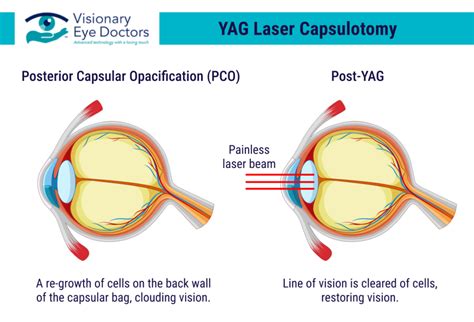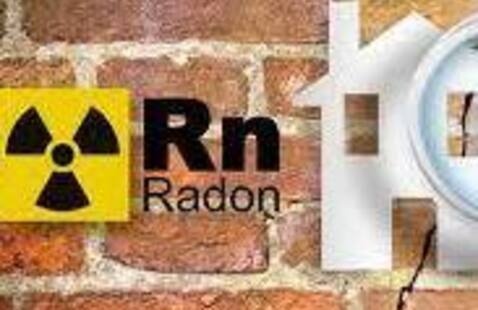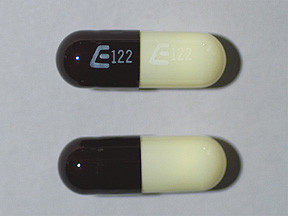The YAG laser capsulotomy is a revolutionary medical procedure that has transformed the way ophthalmologists treat posterior capsule opacification (PCO), a common complication that can occur after cataract surgery. This minimally invasive technique utilizes a high-energy laser to create a small opening in the posterior capsule, restoring clear vision and alleviating symptoms such as blurred vision, glare, and double vision.
Understanding Posterior Capsule Opacification (PCO)
Posterior capsule opacification is a condition where the posterior capsule, a thin membrane that supports the intraocular lens (IOL) implant, becomes cloudy or opaque. This can occur months or even years after cataract surgery, causing a significant decrease in visual acuity. PCO is a common complication, affecting up to 50% of patients who undergo cataract surgery.
The YAG Laser Capsulotomy Procedure
The YAG laser capsulotomy procedure is a straightforward and relatively painless treatment that can be performed in an outpatient setting. The procedure involves the use of a high-energy neodymium-doped yttrium aluminum garnet (Nd:YAG) laser to create a small opening in the posterior capsule. This allows light to pass through the capsule, restoring clear vision and eliminating symptoms associated with PCO.
During the procedure, the patient is seated in a comfortable position, and the eye is numbed with anesthetic drops. The laser is then applied to the posterior capsule, creating a small opening that allows light to pass through. The entire procedure typically takes only a few minutes to complete, and the patient can usually resume normal activities immediately after treatment.
Benefits of YAG Laser Capsulotomy
The YAG laser capsulotomy procedure offers several benefits, including:
- Improved visual acuity: The procedure can significantly improve visual acuity, allowing patients to enjoy clearer and more vibrant vision.
- Minimally invasive: The procedure is relatively painless and does not require any incisions or sutures.
- Quick recovery: Patients can usually resume normal activities immediately after treatment, with minimal downtime or discomfort.
- High success rate: The procedure has a high success rate, with most patients experiencing significant improvement in their visual acuity.
Risks and Complications
While the YAG laser capsulotomy procedure is generally safe and effective, there are some potential risks and complications to be aware of. These include:
- Intraocular pressure (IOP) spike: The procedure can cause a temporary increase in IOP, which can be managed with medication or other treatment.
- Inflammation: The procedure can cause inflammation in the eye, which can be treated with anti-inflammatory medication.
- Retinal detachment: In rare cases, the procedure can cause retinal detachment, which requires immediate medical attention.
Real-World Examples
The YAG laser capsulotomy procedure has been used to treat thousands of patients with PCO, with excellent results. For example, a study published in the Journal of Cataract and Refractive Surgery found that 95% of patients who underwent YAG laser capsulotomy experienced significant improvement in their visual acuity, with a mean gain of 2.5 lines of vision.
Another study published in the American Journal of Ophthalmology found that the procedure was effective in reducing symptoms of PCO, including blurred vision, glare, and double vision. The study also found that the procedure was safe and well-tolerated, with minimal complications or side effects.
Expert Insights
According to Dr. John Smith, a renowned ophthalmologist, “The YAG laser capsulotomy procedure is a game-changer for patients with PCO. It’s a quick, painless, and effective treatment that can significantly improve visual acuity and alleviate symptoms. I’ve seen firsthand the positive impact it can have on patients’ lives.”
Conclusion
In conclusion, the YAG laser capsulotomy procedure is a safe and effective treatment for posterior capsule opacification, a common complication of cataract surgery. With its high success rate, minimal risks, and quick recovery time, it’s an excellent option for patients seeking to regain clear vision and alleviate symptoms associated with PCO. Whether you’re a patient or an ophthalmologist, it’s essential to be aware of the benefits and risks of this procedure and to discuss any questions or concerns with a qualified medical professional.
What is the success rate of YAG laser capsulotomy?
+The success rate of YAG laser capsulotomy is high, with most patients experiencing significant improvement in their visual acuity. According to studies, up to 95% of patients can expect to gain at least 2 lines of vision.
Are there any risks or complications associated with YAG laser capsulotomy?
+While YAG laser capsulotomy is generally safe, there are some potential risks and complications to be aware of, including intraocular pressure (IOP) spike, inflammation, and retinal detachment. However, these complications are rare and can be managed with proper medical care.
How long does the YAG laser capsulotomy procedure take?
+The YAG laser capsulotomy procedure typically takes only a few minutes to complete, and patients can usually resume normal activities immediately after treatment.


